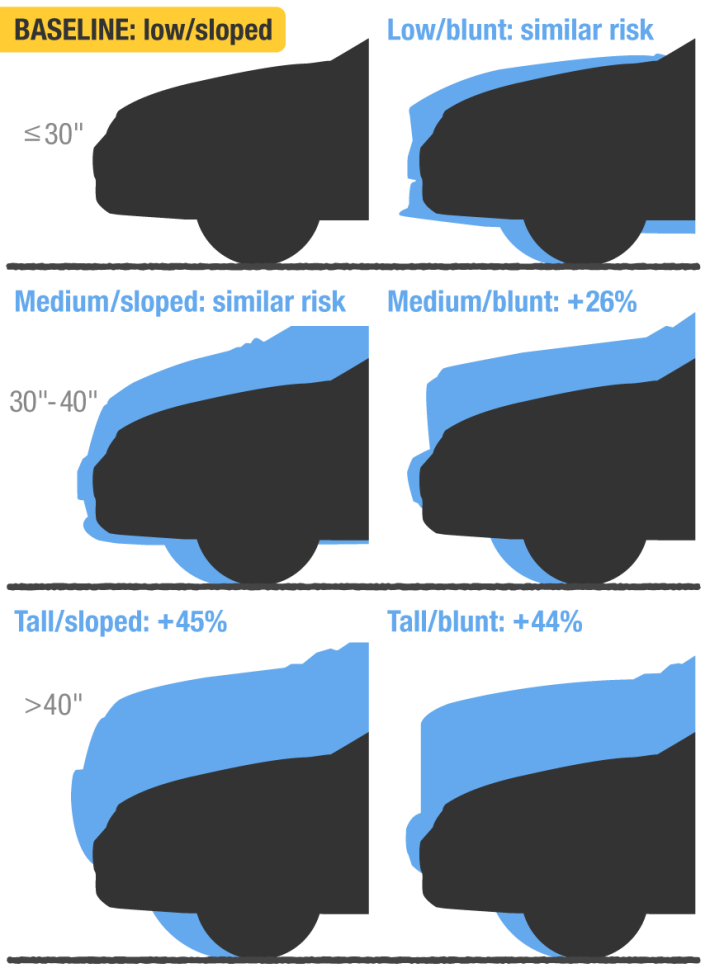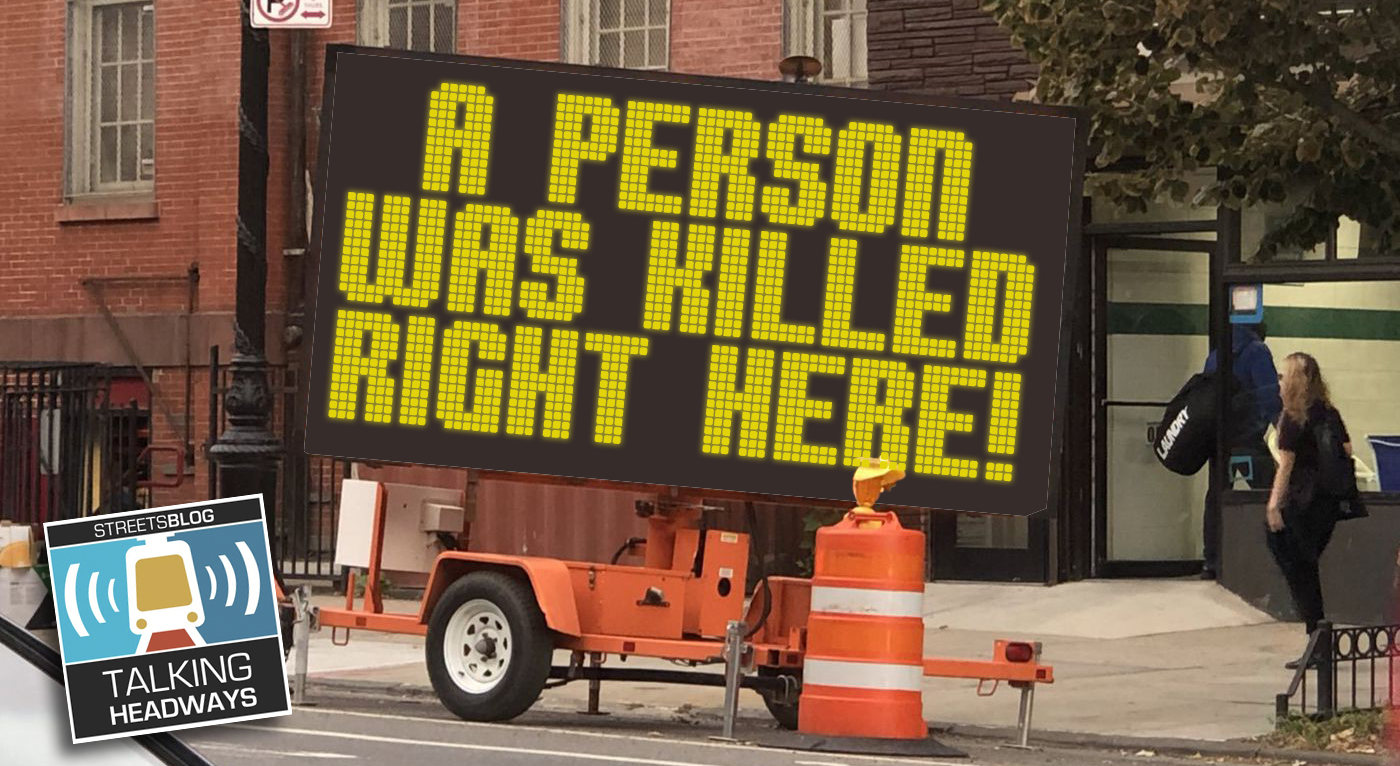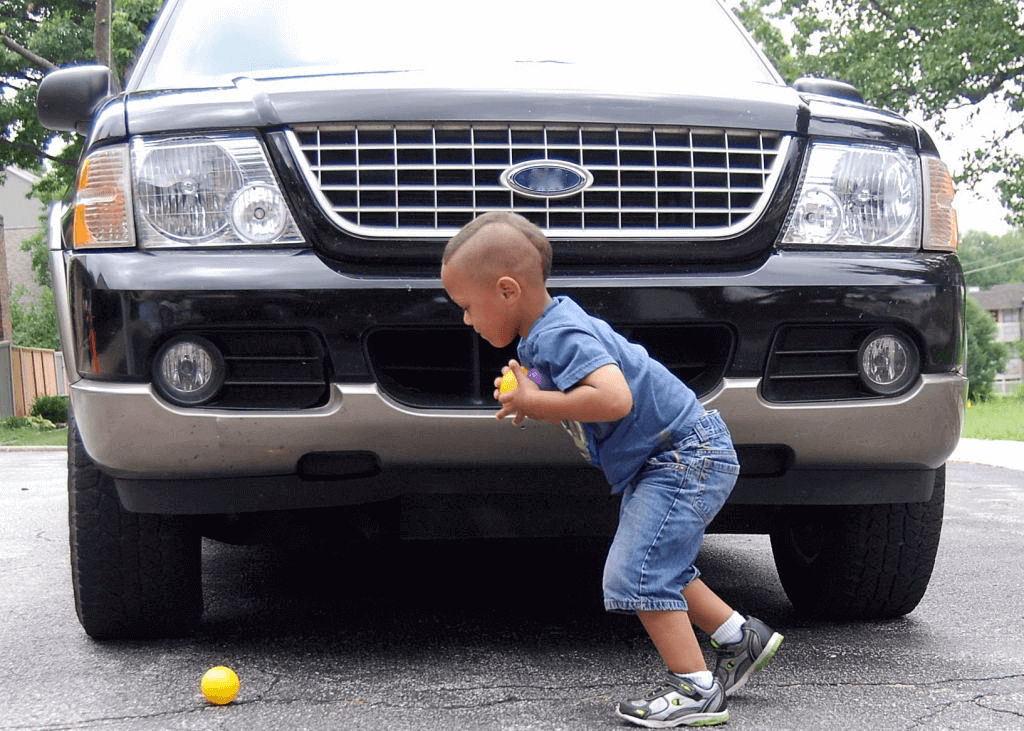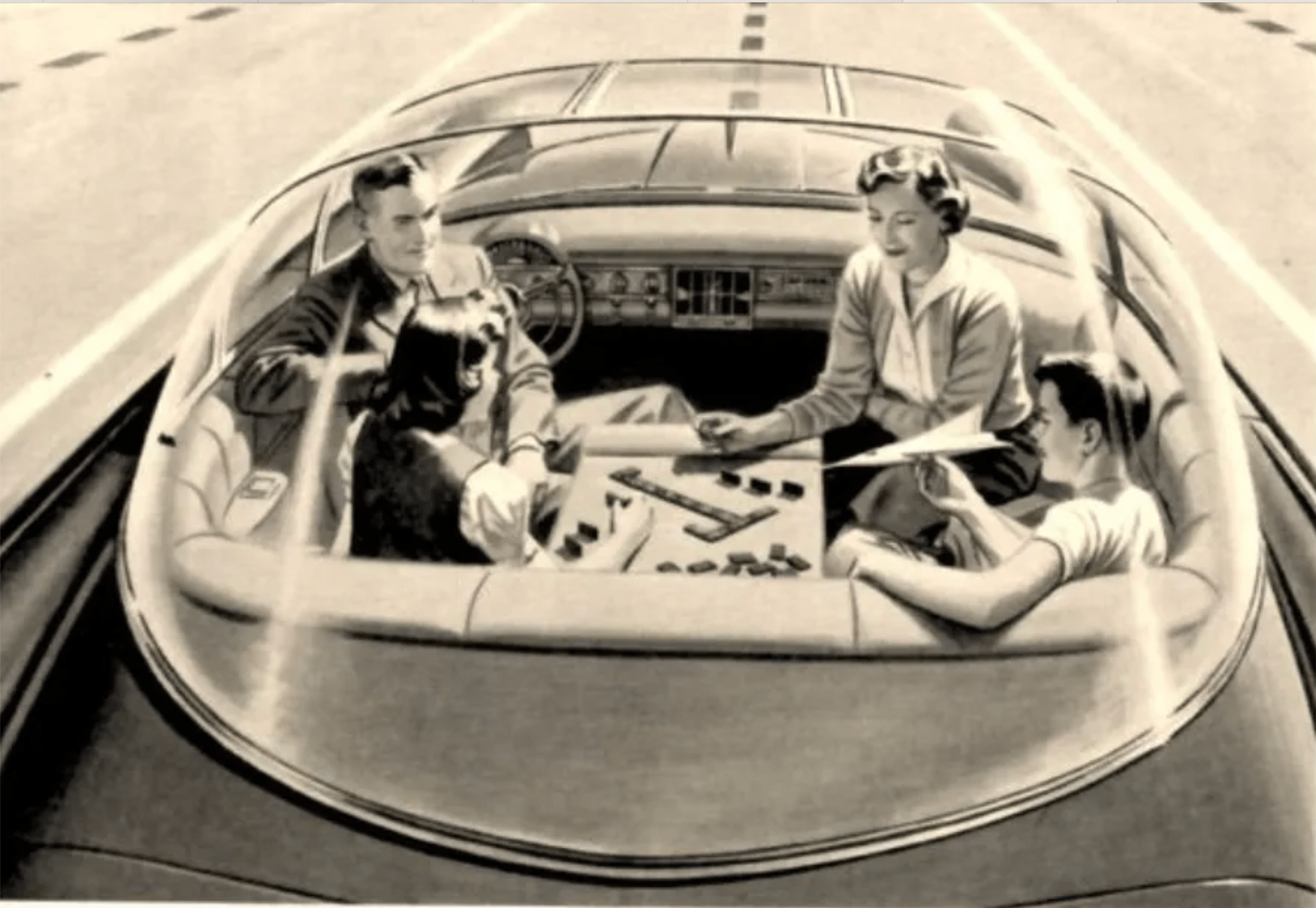The kinds of light vans that are common in online deliveries are involved in more than 3,600 crash deaths every year, a new study finds — and nearly 40 percent of those fatalities could have been prevented had the fleet owners equipped them with basic safety features that some advocates argue should already be federally required.
According to an analysis of federal data from 2016 to 2021, an average of 98,110 people were injured every year in crashes with commercial vans under 10,000 pounds — a phenomenon the researchers suspect is linked to a 43-percent spike in e-commerce sales “when the pandemic put home delivery into overdrive … adding thousands of light vans to the U.S. fleet.” Because while the National Highway Traffic Safety Administration doesn’t record exactly who all those crashing vans belong to, it seems like a pretty safe bet that, say, local electricians and #VanLifers aren’t the ones driving the trend.
“We don't have information on how vehicles that were involved in crashes were being used — but, of course, as we have all seen, e-commerce has really driven a lot more more sightings of these vehicles,” said Aimee Cox of the Insurance Institute for Highway Safety, which conducted the study. “

The surge in home delivery appears to be particularly bad news for pedestrians, who were involved in just 1 percent of light van crashes but 12 percent of all fatalities. That’s probably because light vans tend to have high front ends, which typically strike vulnerable road users at the level of the vital organs, head, or neck rather than the legs. They’re also more likely to sweep a walker under the wheels where she’ll be crushed to death, rather than to push her up onto the hood where she may be severely injured, but still survive.
Of course, because commercial vans actually need to be on the larger side — unlike many American SUVs and trucks, which are growing increasingly huge even if their drivers rarely transport anything heavier than the weekly grocery run —IIHS argues vehicle safety technology will be key to stopping the bloodshed. That tech still isn’t perfect, but the analysis found that four advanced systems — front crash prevention, lane departure prevention, blind spot detection, and intelligent speed assist — could stop 37 percent of fatal crashes, at least if such systems are calibrated to detect both cyclists and pedestrians.
The trouble is, none of those technologies are currently required on light vans, besides forward crash prevention, which automakers won’t technically need to install until the new rule goes into effect in 2029. And while most car manufacturers have voluntarily started adding that technology anyway, they aren’t always being proactive about making sure those systems can detect people on bikes and other wheeled devices — and the 2029 rule still won’t require them to do so.
Moreover, Cox stressed that the other three systems on Insurance Institute's wish list are just as important, even if some are only available as pricey after-market “luxury” features rather than installed on vans by default. Some manufacturers don't even offer those technologies, forcing fleet managers to buy them from third-party suppliers after the fact.
“It’s promising that we’re taking steps towards equipping light vans with that system,” she added. “But certainly, there's some room for improvement.”
Cox is cautiously optimistic that e-commerce giants might voluntarily invest in better vehicle tech if they understood just how many crashes it could stop, and that the benefits of keeping their drivers from colliding with other road users would “outweigh the costs” of crashes and their accompanying slowdowns.
She was hesitant to comment on what other structural factors might be influencing van crash trends — say, promises of lightning-fast shipping, legions of precariously employed contractors, and agreements that require those contractors to indemnify web giants, to name a few advocates have called out in the past — but Cox did say that companies should do everything they can to protect the most vulnerable people on the road.
“These vehicles seem to be more of a threat to other road users because of their large size and weight — in particular, people who are traveling on foot or on bike,” she added. “We just need to keep reiterating [the importance of] the safest driving behaviors possible for people who are in these vehicles.”
Or companies should get massive delivery vans out of our neighborhoods, period — and complete deliveries by cargo e-bike instead.





